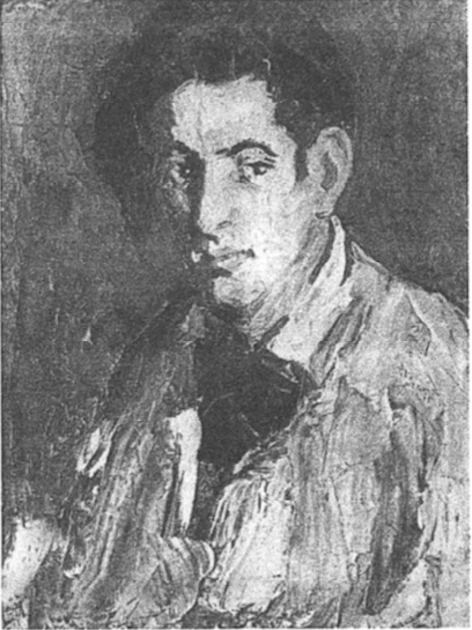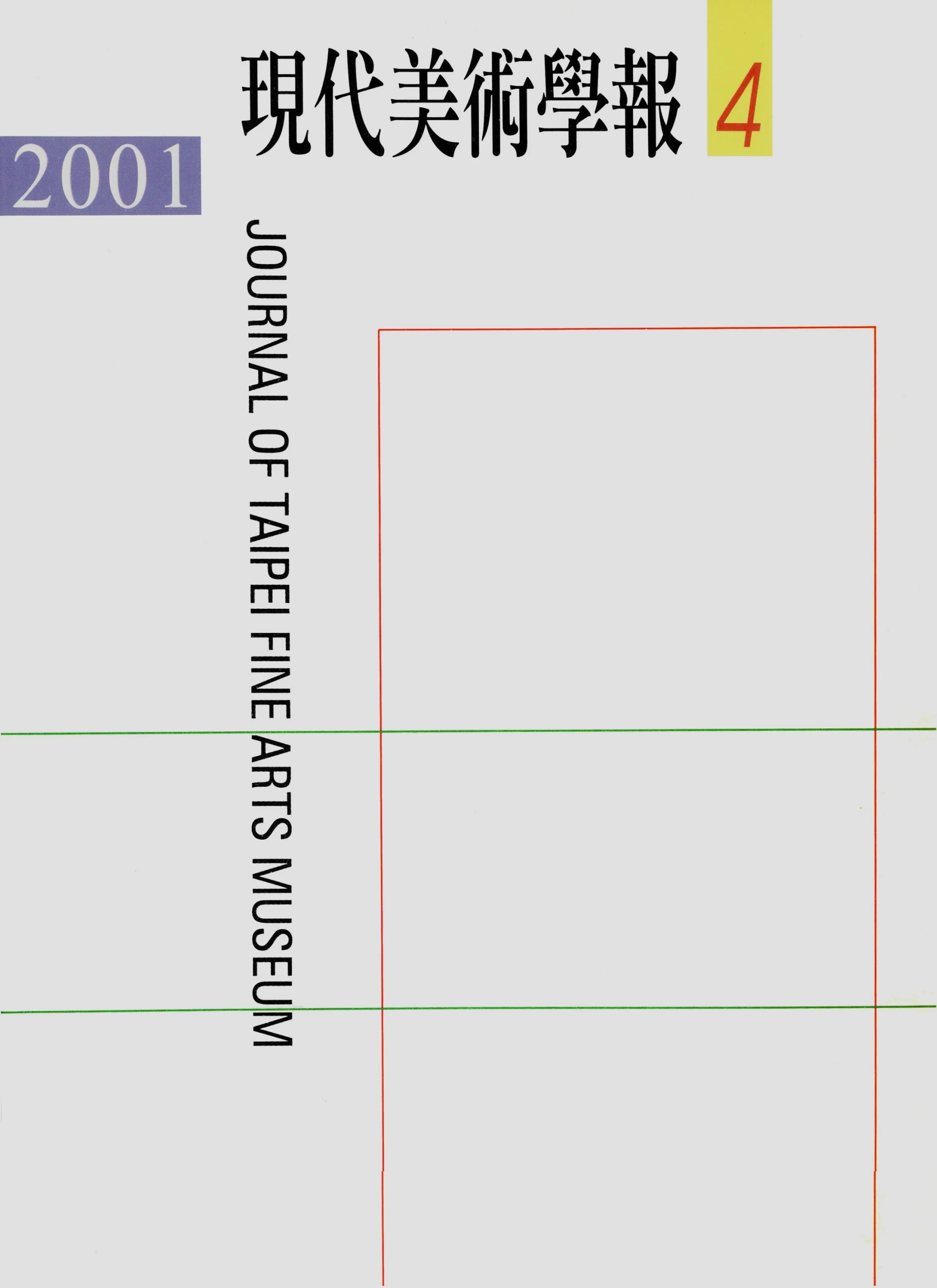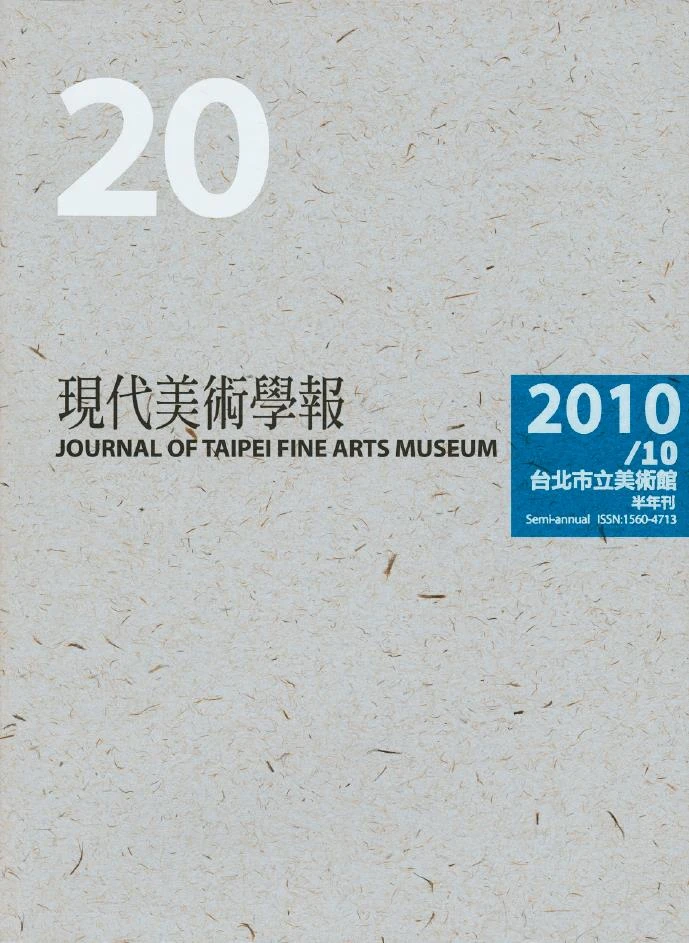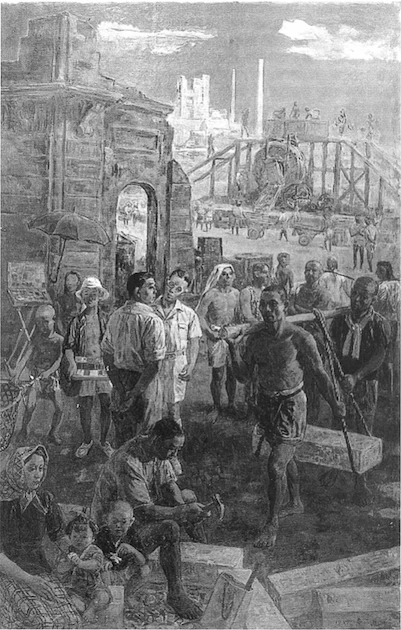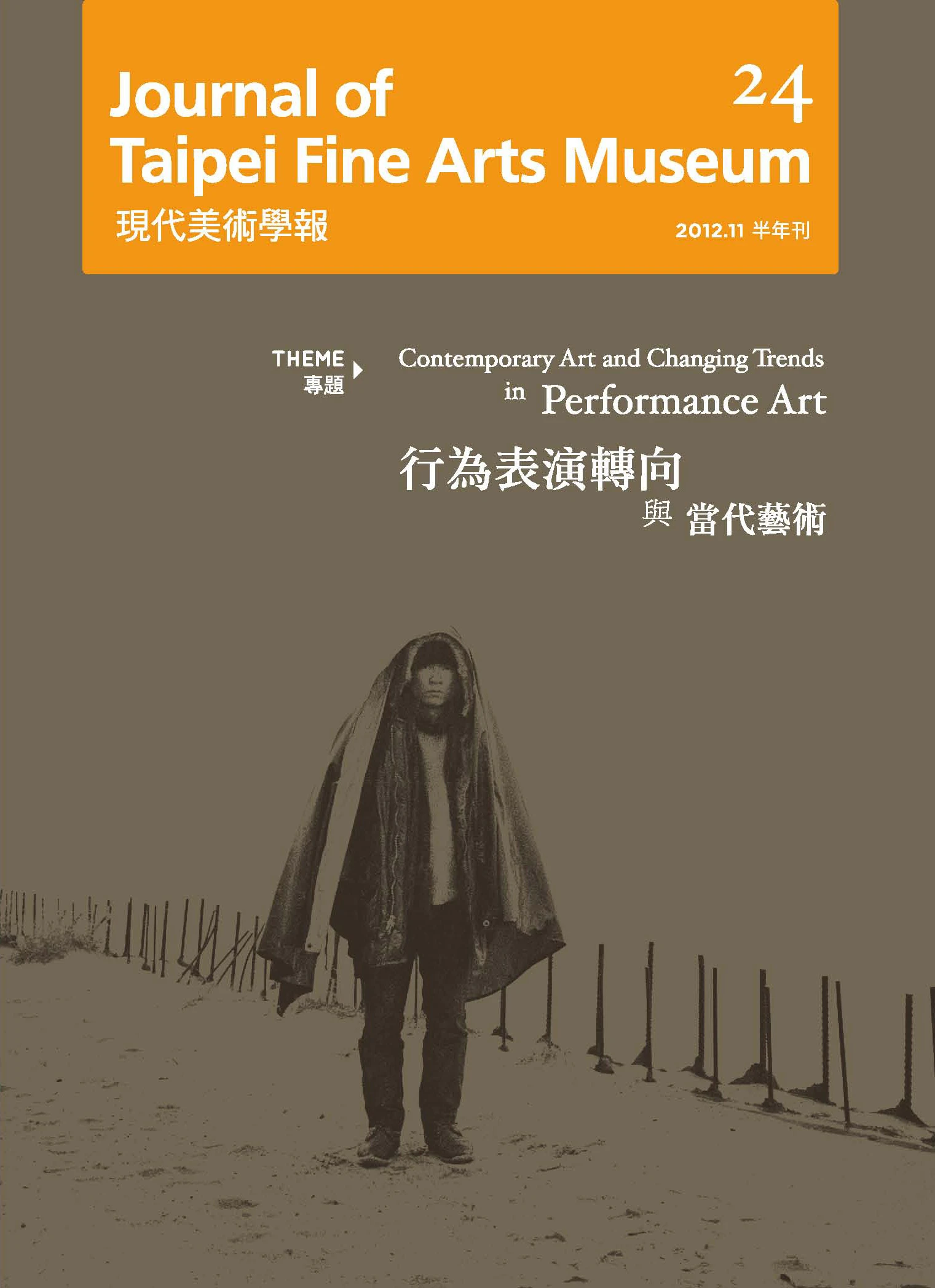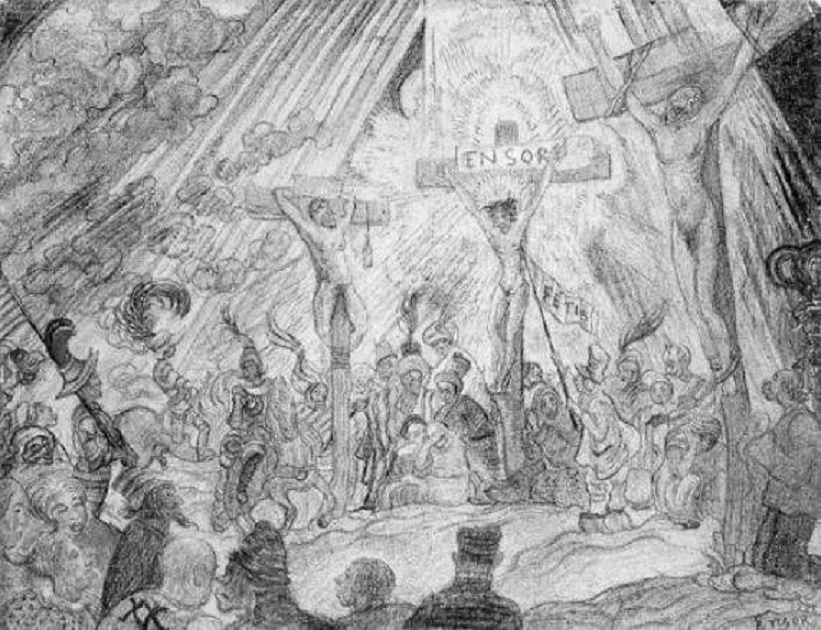摘要
「裝置」(Installation)或「裝置藝術」(Installation Art)作為一個視覺藝術的範疇,在九〇年代台灣,被普遍視為一種當代藝術主流。然而與歐美現代藝術脈絡不同之處在於,裝置類作品在台灣的發展,並非單純循著藝術家創作意識而來,而是與策展意識、藝術言說、社會現實及藝術體制所相互交織下的產物。這些複雜的他律性,使台灣約在八〇年代初與九〇年代末有兩次較為明顯的「裝置現象」,前者涉及對西方藝術典律的演繹、後者則相關於裝置類作品進入公共空間的課題。在其間「裝置」、「裝置藝術」或「裝置展」的概念被刻意強調,並與作品本身相互指涉。本研究期望藉由對此段歷史的探究,釐清台灣裝置類作品發展中他律性的力量。
關鍵詞
裝置、藝術體制、典律、空間、台灣美術、戶外裝置展
Abstract
As a genre of visual art, "Installation" was generally to be seen a mainstream of contemporary art in Taiwan. But unlike its context in western Modem art, developments of the "Installation" in Taiwan were more heteronomous. It was founded on the complex relation between artist's intentions, ideas of exhibition, social conditions and institution of art. Powers of heteronomy influenced the occurrence of two "Installation tendencies" in Taiwan in early 1980's and late 1990's, the early one related to artists' application of "canons" of western Modem art, the later one referred to the subject of "art in public spaces." In these tendencies, curators, critics or artists, were emphasizing the concepts of "Installation" and its influences. Through the research of these two "Installation tendencies" and changes of institution of art, this essay would clarify the powers of heteronomy that dominated the "Installation" in Taiwan.

